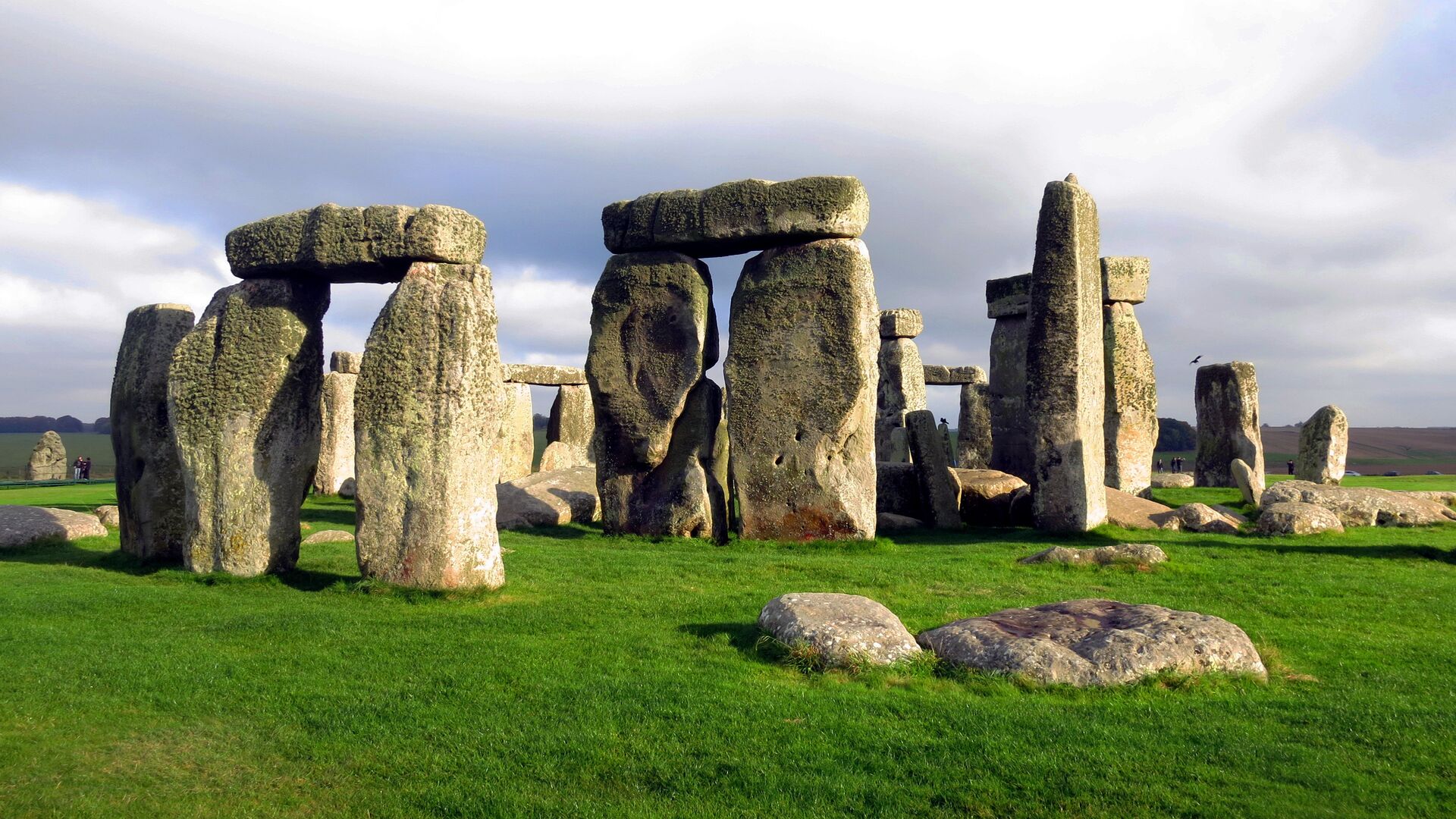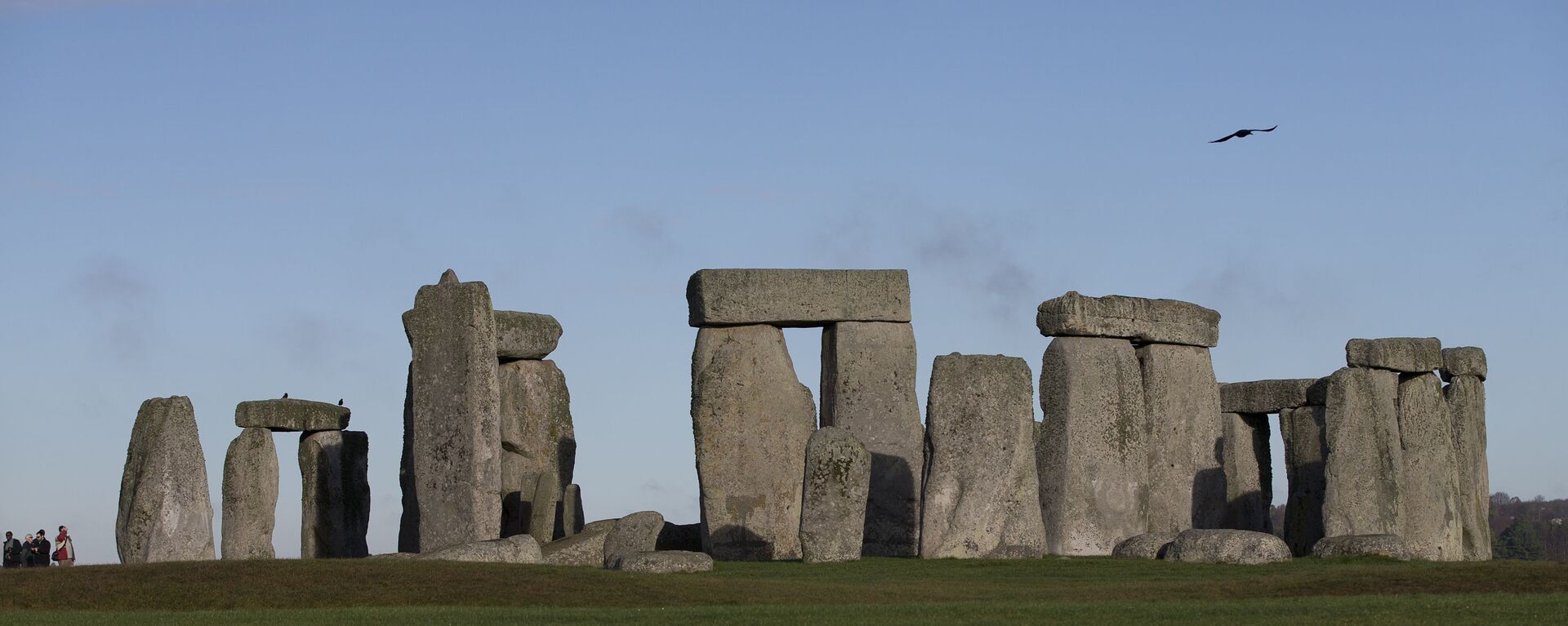Ancient Faeces Reveals Secrets of What Prehistoric People Feasted on Near Stonehenge
Subscribe
Researchers have discovered eggs of parasitic worms in human and dog faeces recovered from a refuse heap at what used to be a village near the ancient monument of Stonehenge.
A scientific inquiry into the composition of ancient faeces, known also as coprolites, found at the site of a prehistoric village located near Stonehenge has provided new insight into the diet of the people who lived there ages ago.
Located about 2.8 kilometres away from the famous monument, Durrington Walls is the site of a Neolithic settlement that dates back to around 2,500 BC, when much of Stonehenge was being constructed, so it is possible that the inhabitants were the ones who built the massive structure.
According to a University of Cambridge press release, a team of archaeologists led by the university examined 19 pieces of coprolites, and five of these samples – one human and four dog excrements – contained eggs of parasitic worms.
"This is the first time intestinal parasites have been recovered from Neolithic Britain, and to find them in the environment of Stonehenge is really something", said Dr Piers Mitchell from Cambridge’s Department of Archaeology, the lead author of the new study that was published in journal Parasitology.
"The type of parasites we find are compatible with previous evidence for winter feasting on animals during the building of Stonehenge", he added.
As the eggs were identified as those of capillariid worms, researchers concluded that the person who excreted the faeces that contained said eggs had likely eaten raw or undercooked lungs or liver from an animal infected with the parasite, while leftovers were fed to the dogs.
The "partially mineralized" faeces were discovered at a dung and refuse heap at the site, where researchers also found some 38,000 animal bones, about 90 percent of which were from pigs and less than 10 percent from cows.
"As capillariid worms can infect cattle and other ruminants, it seems that cows may have been the most likely source of the parasite eggs", Mitchell remarked.
One piece of dog excrement also contained eggs from fish tapeworm, indicating that the canine had eaten raw freshwater fish. Since no evidence of fish consumption was found at the site, Mitchell suggested that the dog arrived there while already infected with the parasite.
"Durrington Walls was occupied on a largely seasonal basis, mainly in winter periods", he noted. "Isotopic studies of cow bones at the site suggests they came from regions across southern Britain, which was likely also true of the people who lived and worked there".
The newly discovered evidence “tells us something new about the people who came here for winter feasts during the construction of Stonehenge”, said Professor Mike Parker Pearson from the UCL’s Institute of Archaeology, who excavated Durrington Walls between 2005 and 2007.
"Pork and beef were spit-roasted or boiled in clay pots but it looks as if the offal wasn’t always so well cooked", he said as quoted in the press release. "The population weren’t eating freshwater fish at Durrington Walls, so they must have picked up the tapeworms at their home settlements".


